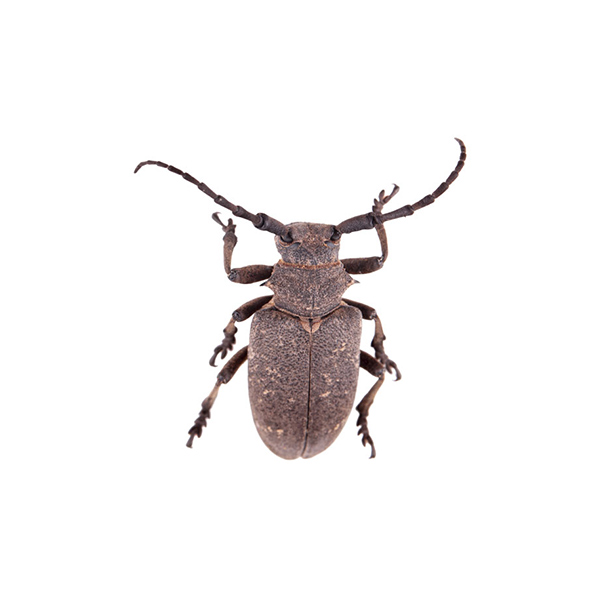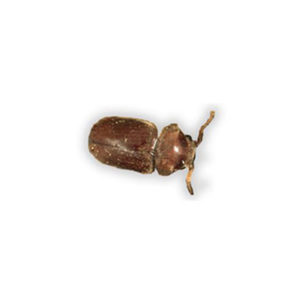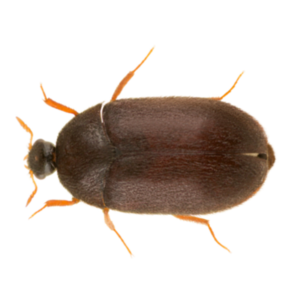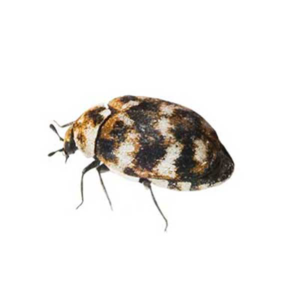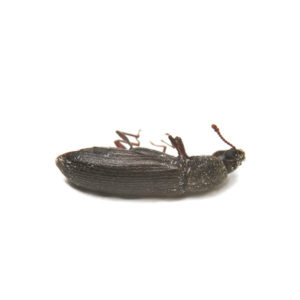Bark Beetles in Lubbock TX
There are more than 600 bark beetle species in the United States, with over 200 of those in California alone. Twenty of those are considered invasive species, 10 of which are yet to be discovered. Even though there are so many different species, bark beetles are typically brown, black, or dark red with cylindrical-shaped, tough-shelled bodies that are approximately the size of a grain of rice. Bark beetle bodies comprise of their eyes, a pair of antennae, two pairs of wings, and three pairs of legs. Another characterization of bark beetles is their mandibles or jaws, which move like scissors as they chew through the bark. Because there are so many species, they are most easily identifiable by the damage they cause and hosts they frequent.
Bark Beetle Habitat
Bark beetles were named as such due to their habit of living and mining between the wood and bark of trees and shrubs. Adult females lay their small, oval-shaped eggs in galleries or tubes that were bored between the inner bark and outer wood of the tree. When the eggs hatch and become larvae, they feed on the phloem and other nutrient-rich fluids from the tree and eventually transform into pupae. After they reach the adult stage, they either re-infest the same tree or seek out another susceptible tree.
Bark Beetle Behaviors, Threats, or Dangers
Although bark beetles are not directly dangerous to humans, they are still considered a tiny but serious threat to a variety of habitats. They most often attack trees that are suffering from drought, disease, or other stressors, and have been known to contribute to the eventual death of trees. In North America, the southern pine beetle and the mountain pine beetle pose the biggest threats to conifer forests. In 1996, the first outbreak affected nearly 4 million acres of forests in Wyoming and Colorado. If you are dealing with an infestation, always contact a licensed beetle exterminator.
Need help with Bark Beetles?
Get a free no-obligation quote today.

